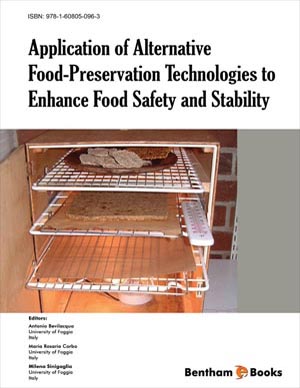Abstract
Flame retardants are applied to a wide range of materials to improve their fire resistance. However, they leak from those materials into the environment. There are many compounds used as flame retardants, the most relevant organic ones being polybrominated diphenyl ethers (PBDEs), hexabromocyclododecane (HBCD), other halogenated flame retardants (HFRs) and organophosphorus flame retardants (OPFRs). Exposition to flame retardants can be through ingestion, inhalation and skin permeation. Different studies report that food account for most of the exposition to PBDEs. Data indicates that seafood is the main contributor to PBDE intake in Europe and Japan, while meat is the main contributor in the United States and Canada. For this reason, it is one of the main public health interests that food be innocuous. This chapter compares seventeen publications that apply methods suitable for the analysis of flame retardants in food. Some publications include different methods targeting different groups of compounds. PBDEs and most HFRs are commonly analyzed together by GC. HBCD tends to be extracted separately and analyzed by LC. OPFRs are also extracted and analyzed independently, but few methods target them currently. The present text presents and compares the sample treatment, the instrumental analysis and the quality parameters for the listed methods. A final comment on levels of flame retardants in food and dietary intake is provided.
Keywords: BFRs, Clean-up, Dechloranes, Dietary intake, Extraction techniques, Flame retardants, Food analysis, Food safety, Gas chromatography, HBCD, HFRs, Instrumental analysis, Lipid removal, Liquid chromatography, Mass spectrometry, Methods comparison, OPFRs, PBDEs, Quality parameters, Sample treatment.



















